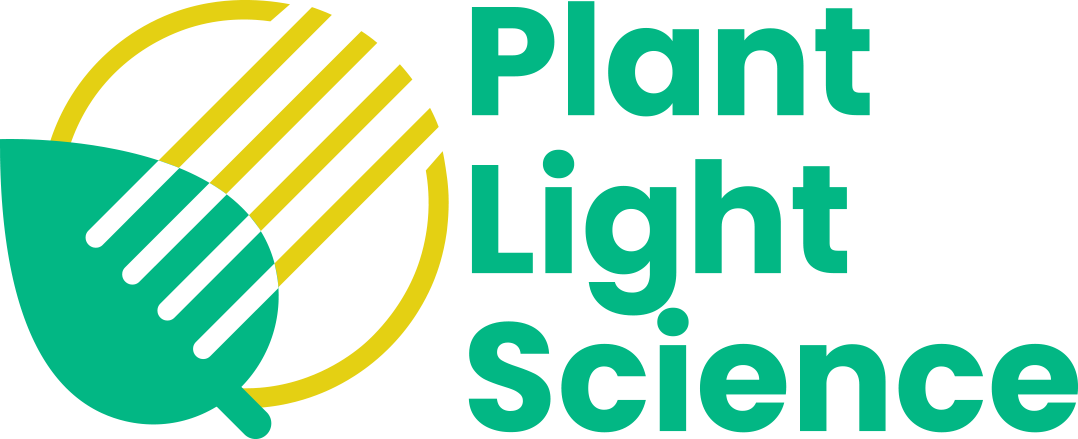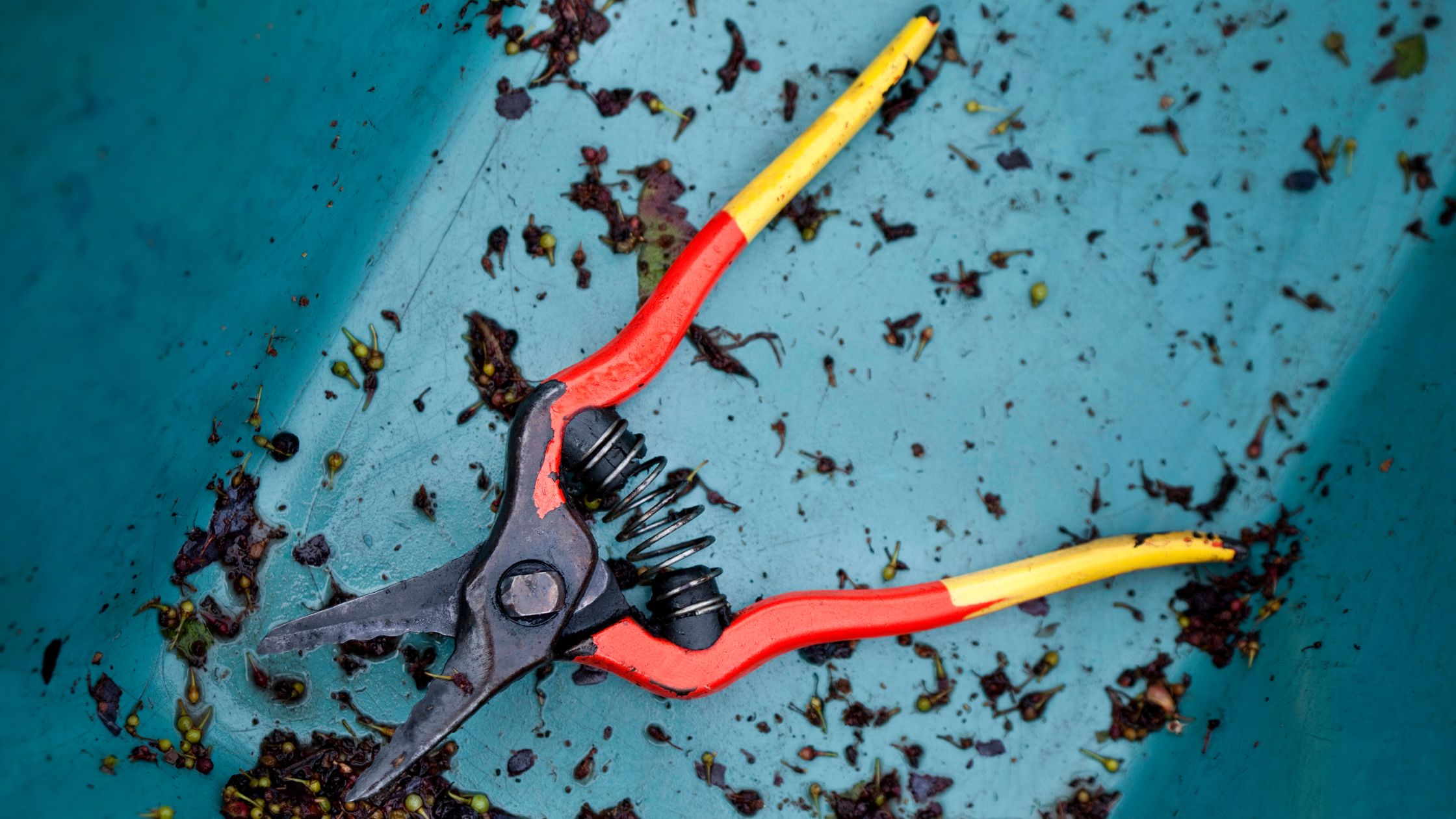You have nurtured and cared for your plants for months and now the harvest is just around the corner. But when is the right time? The choice of harvest time has a decisive influence on the quality and yield of your plants. If they are harvested too early, they will not develop their full potential; if they are harvested too late, they will lose their effect and aroma. In this article, you will learn how to determine the optimal harvest time and get the best out of your plants.
Factors that influence the time of harvest
The ideal harvest time depends on various factors:
- Genetics: Different varieties have different flowering times. Find out the recommended flowering time for the variety you are growing.
- Environmental conditions: Temperature, light and nutrients influence the growth and maturity of plants.
- Personal preferences: Some growers prefer an earlier harvest with an energizing effect, others a later harvest with a calming effect.
Stress factors such as heat, drought or pest infestation can accelerate the ripening of the plants. In such cases, an earlier harvest may be necessary to avoid major losses.
Methods for determining the time of harvest
There are various methods for determining the optimum harvest time:
1. the “rule of thumb” (flowering time):
Most seed banks give a recommended flowering time for their varieties. This information serves as a rough guide. However, please note that the actual flowering time may vary depending on the growing conditions.
Please note that the information provided by the seed banks is only a guide. The actual flowering time can vary by a few days or even weeks. Document your cultivation and gather experience to find the optimum harvest time for your conditions.
2. observation of the pistils:
The pistils are the fine, hair-like structures on the flowers. They are white at the beginning of flowering and turn orange-brown as they mature. A rule of thumb says that the plants are ready to harvest when around 70-80% of the pistils are brown.
Observing the pistils is a simple and reliable method of assessing the degree of ripeness of the plants. However, it only provides a rough indication. For a more precise determination of the harvest time, this method should be combined with other methods.
3. examine the trichomes:
Trichomes are small, resin-filled glands on the flowers and leaves. They contain most of the plant’s active ingredients. The color of the trichome heads changes from clear to milky to amber as they mature. The ideal harvest time is reached when the majority of the trichomes are milky and some amber-colored trichomes are present.
- Clear trichomes: indicate that the plant is not yet ripe.
- Milky trichomes: mean that the active ingredients have reached their peak.
- Amber-colored trichomes: indicate that the active ingredients are breaking down and the effect is more sedative.
To examine the trichomes, you will need a magnifying glass or a microscope. Examining the trichomes is the most accurate way to determine the time of harvest. However, it requires some practice and the right equipment. Make sure you look at the trichomes in good light and with sufficient magnification. It is advisable to examine trichomes in different parts of the plant to get a representative picture.
4. combination of methods:
You will get the most accurate results if you combine different methods. Observe the pistils, examine the trichomes and compare your observations with the recommended flowering time of the variety.
The more experience you gain, the better you will be able to judge the optimal time to harvest. Don’t rely on just one method, but combine different approaches and develop a feeling for the right moment.
The influence of harvest time on the effect
The time of harvest has a decisive influence on the effect of the plants:
- Early harvest (more clear trichomes): leads to a more stimulating, energizing effect.
- Medium harvest (more milky trichomes): offers a balance of stimulating and calming effects.
- Late harvest (more amber-colored trichomes): results in a rather calming, relaxing effect.
In addition to the effect, the time of harvest also influences the aroma and taste of the plants. An early harvest often results in a fresher, fruitier aroma, while a late harvest produces a spicier, earthier aroma.
Step-by-step guide to harvesting
- Preparation: Get sharp scissors or knives, gloves and containers to collect the harvest.
- Harvesting: It is best to harvest the plants in the morning before the sun is too strong. Cut the plants at the base and remove the larger leaves.
- Drying: Hang the plants upside down in a dark, well-ventilated place. The temperature should be between 18 and 24 °C and the humidity around 50%.
- Curing: Store the dried plants in airtight containers in a cool, dark place. Open the containers regularly to renew the air.
- Enjoy: After curing, you can enjoy your harvest!
Make sure your tools are clean and sharp so as not to damage the plants. Wear gloves to avoid touching the trichomes and affecting their quality.
Drying and curing
The drying and curing process is also crucial for the quality of the harvest. Dry the plants slowly and evenly to minimize the loss of aroma and active ingredients. Ensure optimum humidity and temperature during the curing process to prevent mold growth.
Conclusion
Determining the optimal time to harvest is an art that requires some practice. With the tips in this article and some experience, you will find the perfect moment to harvest and maximize the quality and yield of your plants.
From 50€ purchase value
Get a 5€ discount!
Sign up for our newsletter and save on your next purchase!

